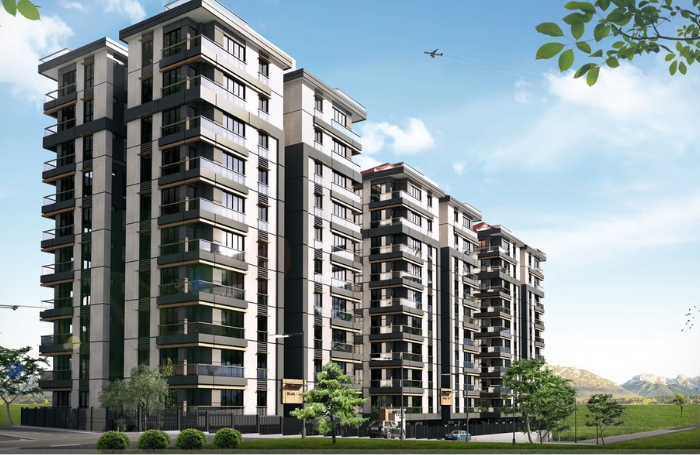Delays in the higher-risk building approval process has been one of the big talking points in the architecture profession since it came into effect in October 2023. In this time, many architects reported that the Building Safety Regulator (BSR) ŌĆō under the stewardship of the ŌĆō often took twice as long to determine (via approval or rejection) Gateway 2 submissions than the target period (12 weeks for a new build project, and eight weeks on work on existing buildings).
However, earlier this week (30 June 2025) the government announced a set of reforms to the BSR, including new leadership, funding and a new ŌĆśfast track processŌĆÖ it hopes will speed up newbuild applications as well as remediation applications. It also says the reforms will aim to support the delivery of its stipulated 1.5 million new homes and meet a key recommendation from the Grenfell Tower Inquiry.
Read RIBA's response to the BSR reforms.

What are the Building Safety Regulator reforms?
To begin, a new board will be created within the to oversee the BSR. This takes the Regulator away from the HSE, and is, the government says, the first steps in creating a single construction regulator ŌĆō a key recommendation from the Grenfell Tower Inquiry. The government says that it will publish a prospectus for reform in the autumn that will set out further details on the single regulator.
HSE Chair, Sarah Newton said: ŌĆ£We are very proud of the work we have done to establish the BSR. It was always an option that once the new regulator was established that it would move out of HSE to enable the Government to implement the Grenfell Public Inquiry recommendations and we will work hard to enable the smooth transition to the next stage.ŌĆØ
Alex Norris MP, the Minister responsible for Building Safety, said that there will be a new ŌĆśFast Tracking ProcessŌĆÖ, which, ŌĆ£will bring building inspector and engineer capacity directly into the BSR to enhance the processing and review of existing newbuild cases and remediation decisions.ŌĆØ
Minister Norris also said that the MHCLG will support the publication of industry guidance to improve the quality of applications to the approval process.
What will a 'fast track process' look like?
Of particular interest to architects is the ŌĆśfast track processŌĆÖ the government has set out in the reforms.
The process involves setting up a BSR wholly owned Multi-Disciplinary Team (MDT) comprising Regulatory Leads, Case Officers and the specialist resource mentioned above.
In terms of what a ŌĆśfast track processŌĆÖ might look like, a MHCLG officials told RIBA: ŌĆ£Specialists within the BSR MDTs will be encouraged to directly contact the applicant, resolve issues and support a quick outcome ŌĆō to help them explain how their designs will meet the regulations, not negotiate compliance or involve BSR in co-design."
They continued: ŌĆ£This follows strengthened long-term investment in BSRŌĆÖs capacity, and by the end of the year we expect BSR will recruit over 100 additional staff members to enhance operational efficiency.ŌĆØ
Alongside this strengthened capacity, the government will shortly support the publication of industry guidance to improve the quality of applications and help to reduce processing times. To ensure transparency, the BSR will publish key performance related information quarterly in the coming weeks.
ŌĆ£The fast track process is designed to bring confidence to industry through the accelerated process and clearer guidance,ŌĆØ MHCLG officials said. ŌĆ£This means that housing projects will be processed at an increased pace if the applicant appropriately demonstrates compliance with the building regulations.ŌĆØ
Find out why HRB applications to the BSR fail and what a ŌĆśgoodŌĆÖ application look like

What happens in the interim period between now and reforms taking effect?
MHCLG was keen to stress that itŌĆÖs very much business as usual.
ŌĆ£The Gateways processes are not impacted by this operational change and we are continuing to commit to safety and deliver justice for communities,ŌĆØ officials told RIBA. ŌĆ£The Fast Track Process is about refining a new system, not stepping back on commitments, and this requires industry to step up and deliver good-quality applications to be successful.ŌĆØ
ŌĆ£These changes will see no compromise in the standards expected of design and construction and we are continuing to commit to safety and deliver justice for communities.ŌĆØ
In the meantime, MHCLG officials said that they encourage regular engagement with industry for the development of guidance and feedback on ways to increase the pace of Gateway approvals and wish to continue this positive, proactive relationship.
Thanks to officials at the MHCLG.
Text by Paul Hirons. This is a professional feature edited by the RIBA Practice team. Send us your feedback and ideas.
RIBA Core Curriculum topic: Legal, regulatory and statutory compliance.
As part of the flexible RIBA CPD programme, professional features count as microlearning. See further information on the updated RIBA CPD core curriculum and on fulfilling your CPD requirements as a RIBA Chartered Member.



